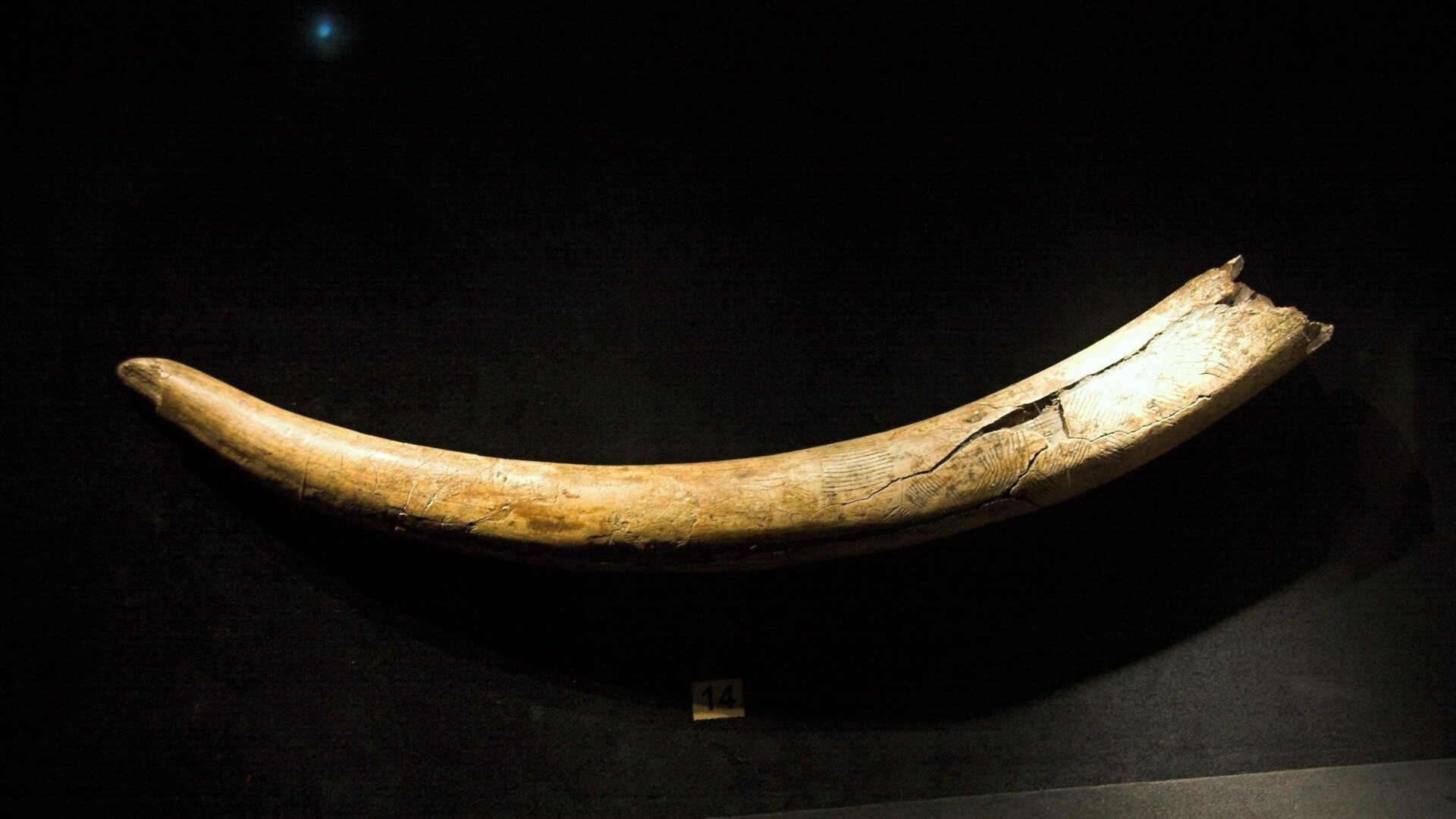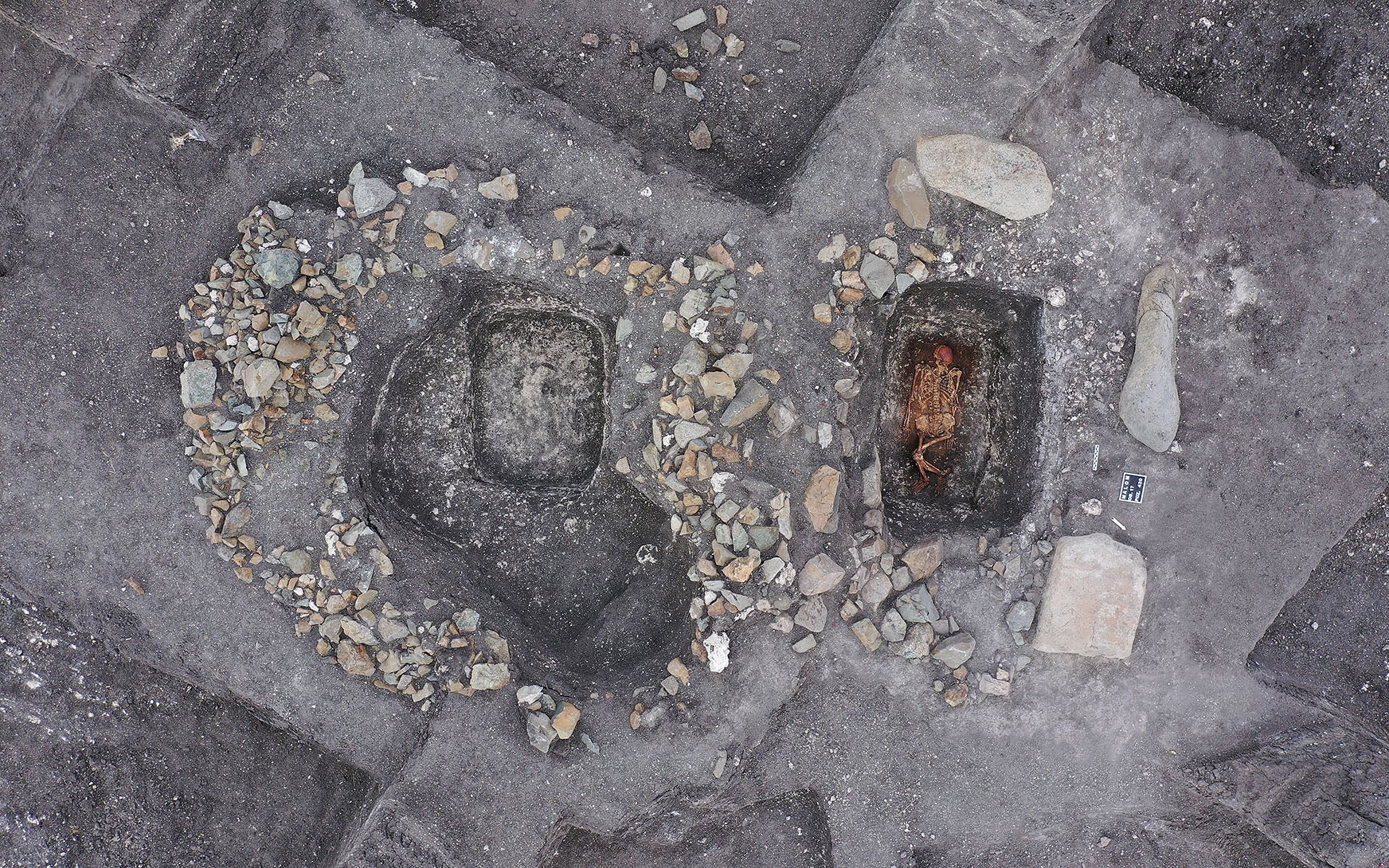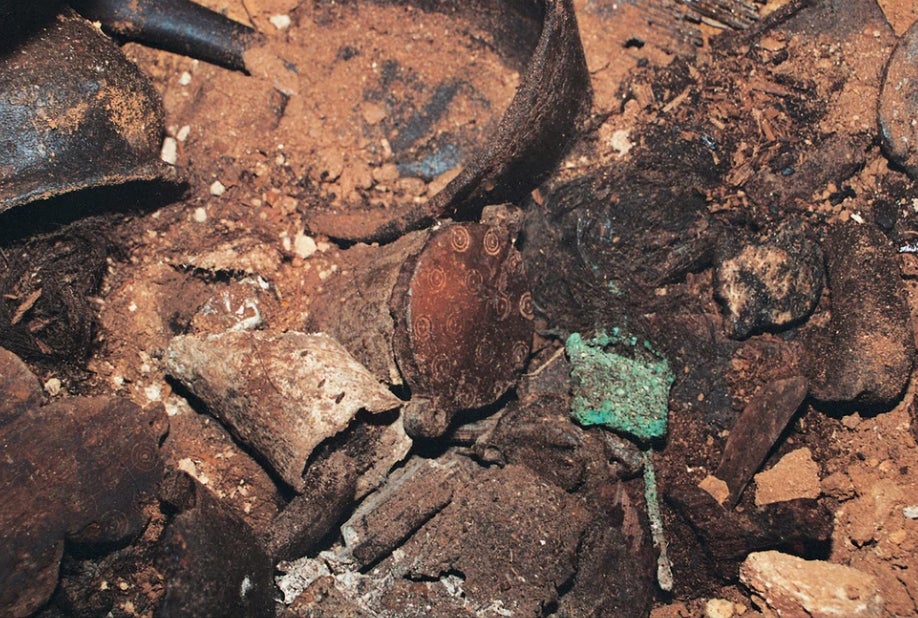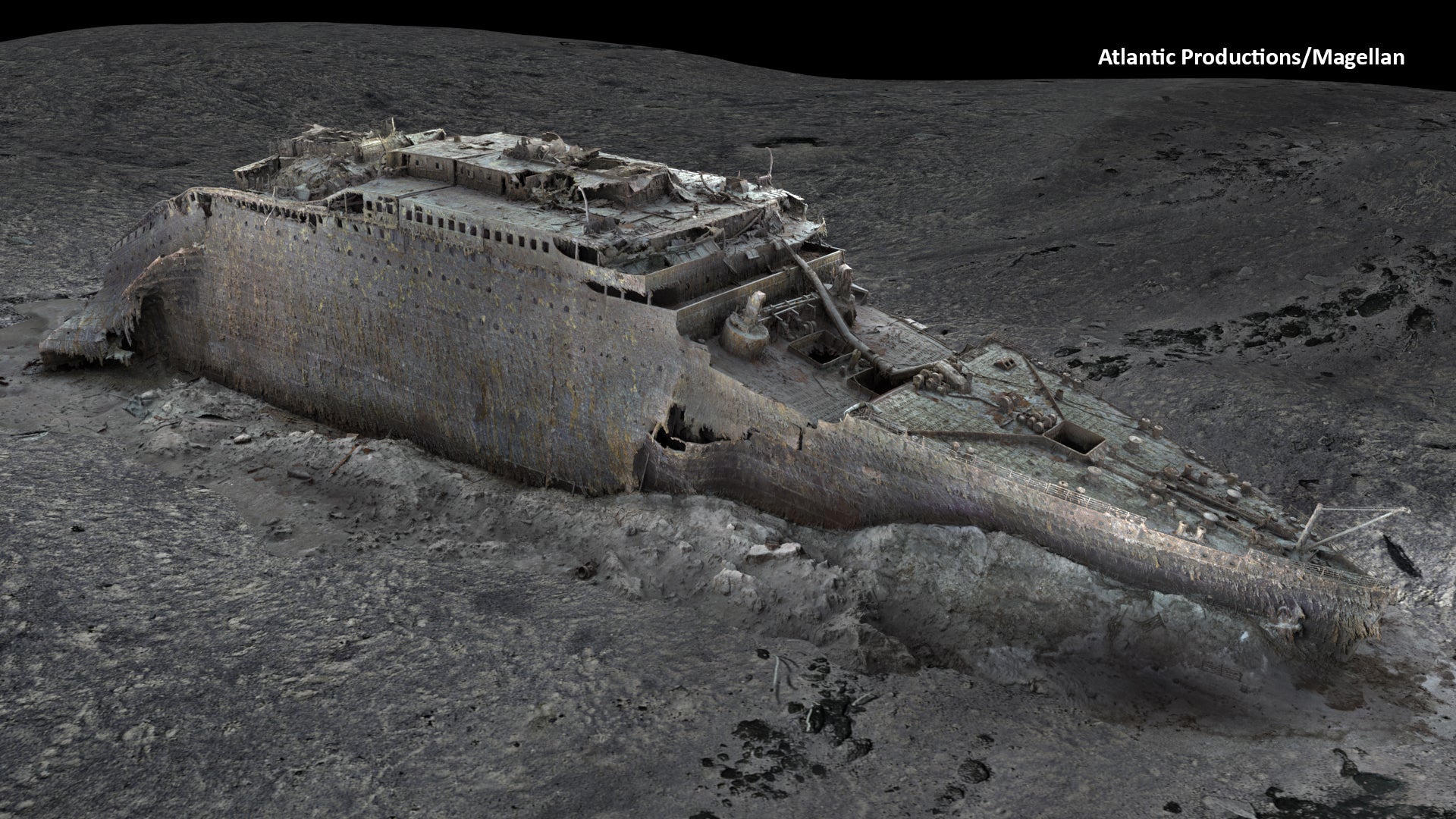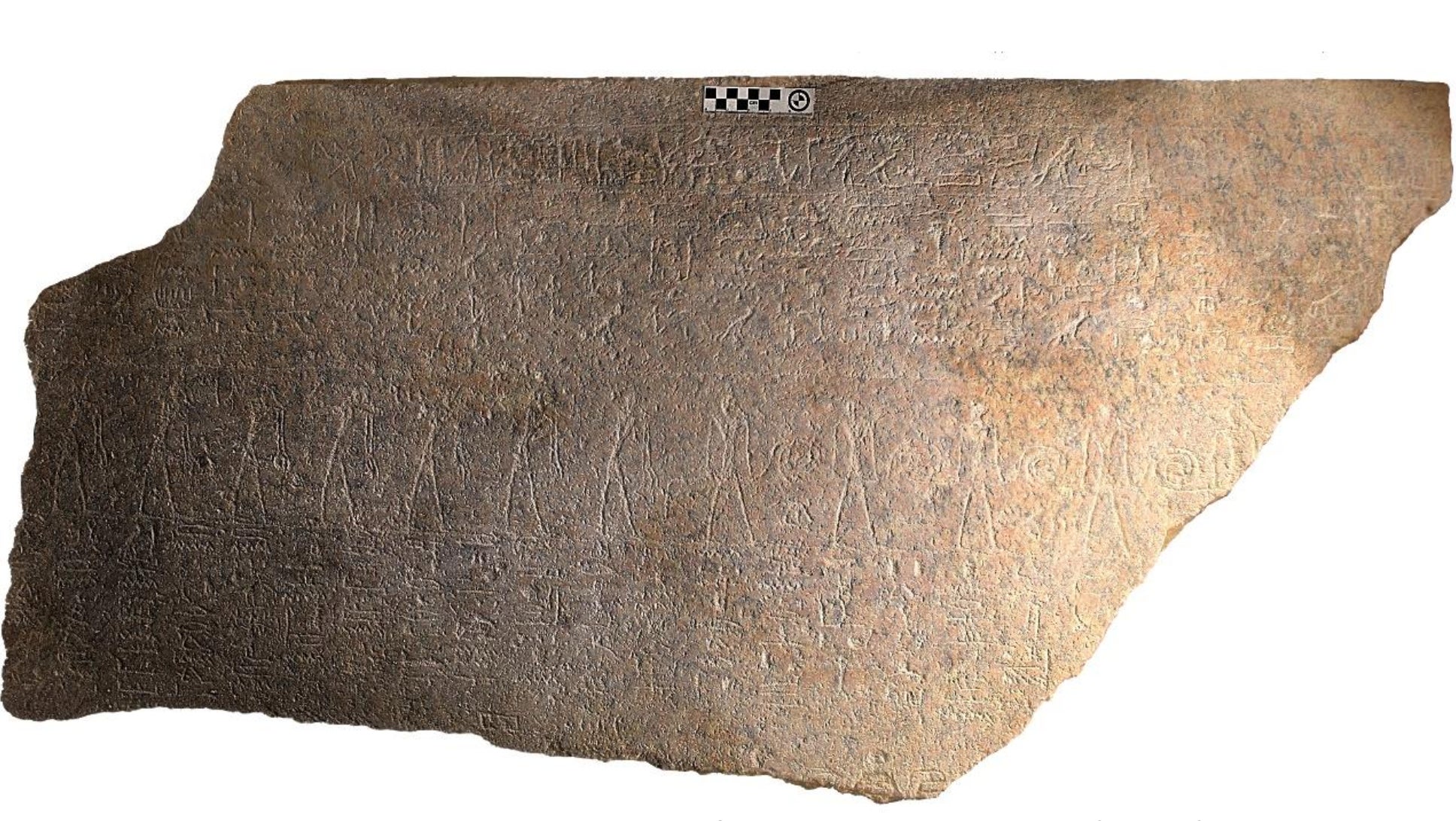A 20-year-old female woolly mammoth traversed hundreds of miles of Alaskan tundra thousands of years ago, her journey documented in the isotopes of her tusk, according to a new study. This incredible trek, revealed through scientific analysis, offers a glimpse into the life of this Ice Age giant and its potential interactions with early human inhabitants.
Researchers meticulously examined isotopes within the tusk, uncovering details about the mammoth’s diet and movements. Their findings, published in Science Advances, suggest the mammoth, nicknamed Élmayųujey’eh, lived in southeastern Beringia during her early years. Around the age of 10, she embarked on a remarkable journey of approximately 621 miles (1,000 kilometers) over 2.5 years, eventually reaching central Alaska. Intriguingly, her final resting place was near Swan Point, an archaeological site identified as a seasonal settlement for Ice Age hunter-gatherers.
The Swan Point site contains other mammoth remains, suggesting the possibility of a herd or family group in the area. DNA analysis indicates Élmayųujey’eh was closely related to these other mammoths. While the presence of mammoth bones at a human settlement hints at interaction between the species, the researchers emphasize there’s no definitive proof humans killed Élmayųujey’eh. Natural processes could have erased any potential cut marks on the bones. However, the site’s location may have been strategically chosen to exploit the presence of mammoth herds.
This study builds on previous research using isotope analysis to reconstruct the lives of extinct proboscideans. Similar techniques revealed the life story of a 13,000-year-old mastodon, highlighting the wealth of information held within these ancient tusks. Like tree rings, tusks offer a chronological record of an animal’s growth, diet, and movements.
Élmayųujey’eh’s journey concluded in interior Alaska, where she died during late summer or early autumn, coinciding with the seasonal occupation of the Swan Point site. While the exact nature of her demise remains a mystery, her tusk provides a compelling narrative of a long-ago life, a testament to the power of scientific inquiry to uncover the secrets of the past.
In conclusion, Élmayųujey’eh’s epic journey, meticulously reconstructed through tusk analysis, underscores the fascinating intersection of mammoth and human populations in ancient Alaska. While questions remain about their specific interactions, this research provides valuable insights into the lives of these magnificent creatures and the environment they inhabited. Further research could shed more light on the relationship between humans and mammoths in this region, painting a richer picture of Ice Age Alaska.



